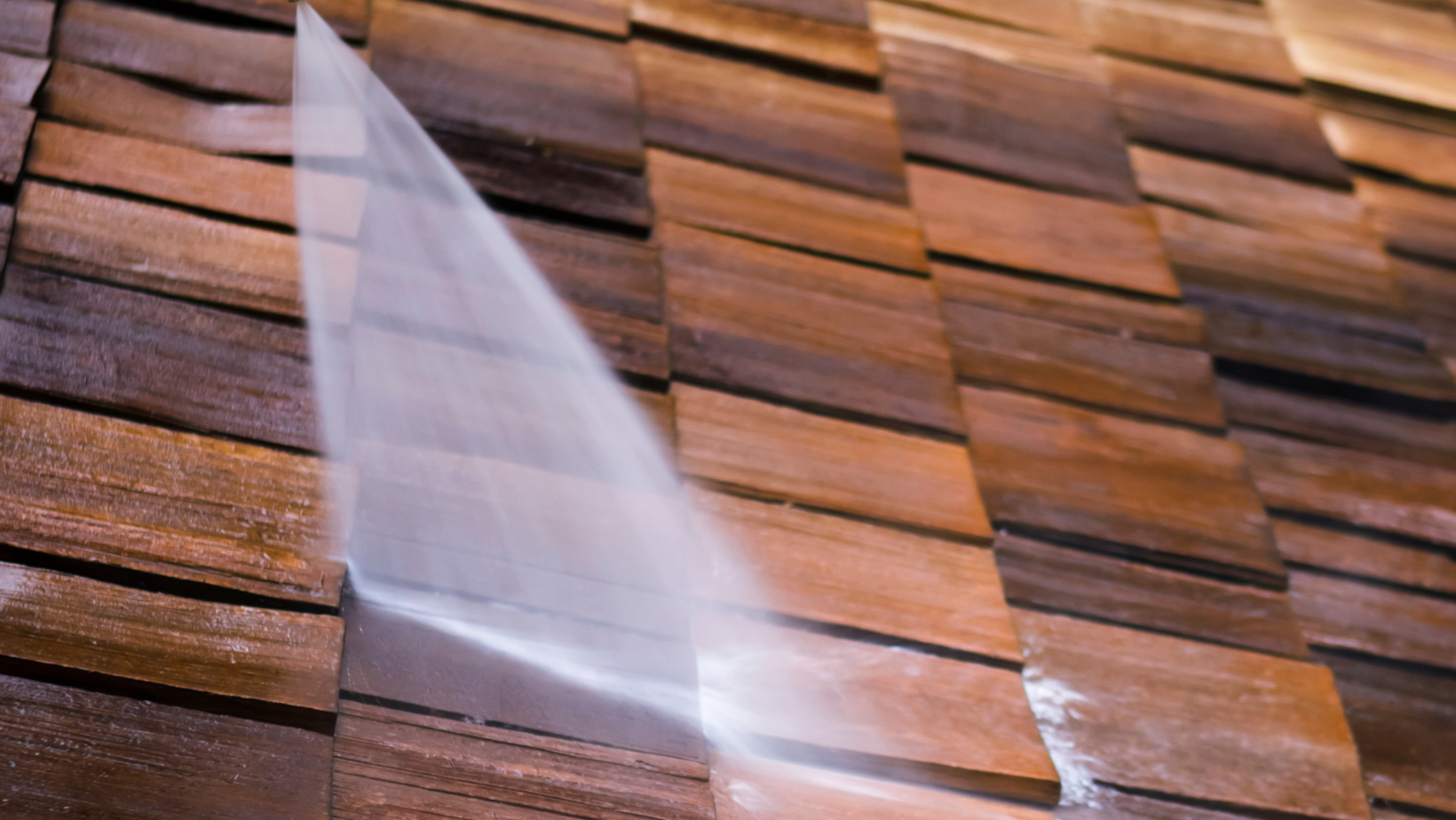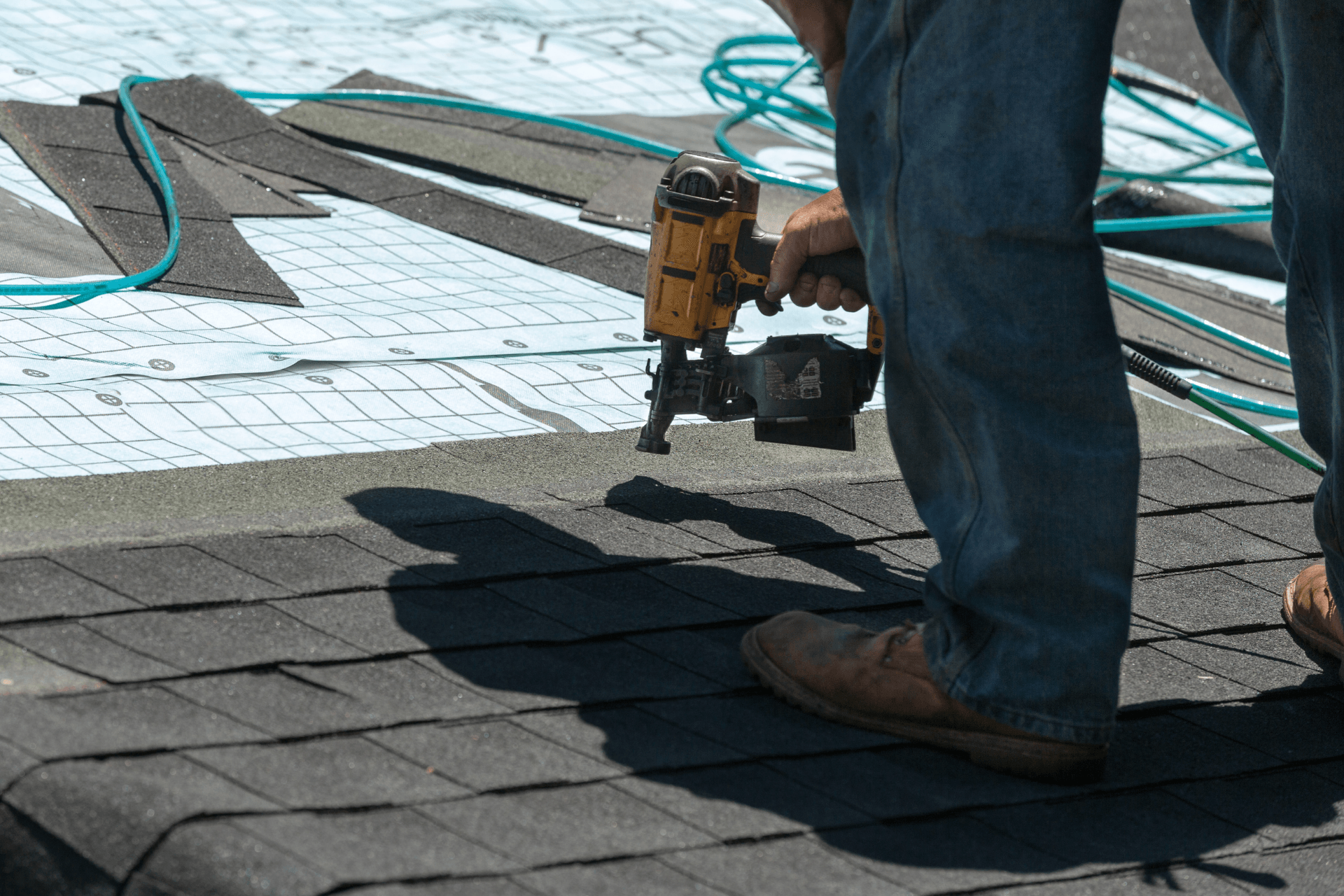
Follow Us
4545 Samuel Street
Sarasota, FL 34236
800-310-6508
admin@valorcrew.com
Kenneth McCreery • July 24, 2022
13 QUESTIONS TO ASK BEFORE YOU HIRE A ROOFER
13 Questions to Ask When Hiring a Roofing Contractor
Basing your decision purely off recommendations or a gut feeling is risky without knowing all the facts about the contractor, so here are 13 questions to ask that will help you narrow down your selection and hire the right roofer for your project:
- Do you have adequate insurance coverage? Your roofer should carry insurance to help protect your home from accidental damage. Owens Corning Roofing Platinum and Preferred Contractors hold at least $1,000,000 in general liability insurance.
- Do you offer additional warranty* and workmanship** coverage? Your roofing contractor should be able to offer a limited warranty that may include workmanship coverage. Owens Corning Roofing Platinum and Preferred Contractors offer several different levels of Roofing System Limited Warranties that offer up to a lifetime** of material and workmanship coverage.‡
- Will you provide an explanation of my warranty? Your roofing contractor should explain your warranty and be clear about whom to call with a problem. Find out if defective shingles are replaced for prorated replacement cost or original cost and if labor charges are additional. Learn more about roofing warranties from Owens Corning.
- Which roofing materials will you use on my roof? Not all roofing products are the same, so be sure your roofer works with a name you can trust. Learn more about Owens Corning® roofing products.
- Will you provide me with a written estimate? Your roofing contractor should provide an estimate that includes an accurate description of the work to be performed, plus work that may have to be contracted out.
- Do you comply with all local building codes? Your roofer should know and comply with all local building codes.
- Could you please give me a list of references? Ask for references and call a few of them.
- Will you perform a thorough inspection? In addition to checking for storm damage, your roofing contractor should perform a thorough inspection of the entire roofing system, including the deck, attic, flashing, chimney, soil stacks, and other roof penetrations.
- Will you check for adequate ventilation? Your roofer should check the existing attic ventilation and explain the importance of proper ventilation. This should include inspecting the roof from inside the attic to determine if the current ventilation system is working properly. Improper ventilation can damage your shingles and invalidate your manufacturer’s warranty. Use our ventilation calculator to help calculate how much ventilation you will need for a healthy and balanced attic.
- Will you install synthetic underlayment? Roofers will install either a synthetic or felt underlayment as the first layer of protection on your roof deck. If you’re looking for advanced protection against leaks, water absorption, and mold then you’ll want to make sure your contractor will use a synthetic product rather than felt. Learn more about Owens Corning® synthetic underlayment products.
- Will you install ice and water barriers? Depending on several conditions, additional ice and water barriers between the shingles and the wood deck may be needed to help prevent ice damming, wind-driven rain, or collected water. Learn more about Owens Corning® ice and water barrier products.
- Will you follow the manufacturer’s specifications? Your roofer should be familiar with and follow all manufacturer’s specifications since improper application can affect your manufacturer’s warranty. Owens Corning® Roofing product specifications are available for download on all product pages and can also be found in our Document Library.
- Will you explain how my roofing system works? Your roofer should offer a thorough explanation of the entire roofing system and how all the parts work together, so you can make educated decisions. Use Build Your Roof™ to select each layer and component that goes into your Owens Corning® Total Protection Roofing System®^.
® 2018 Owens Corning. All Rights Reserved.

By Kenneth McCreery
•
June 29, 2022
If you’ve decided to invest in protecting your concrete surfaces then you know that there are many choices available out there. Water resistant, waterproof, shiny, natural, enhancing, etc;. Out of all of the choices, the most important decisions are to choose one that will work for what you need and to choose one that will last as long as possible so that you don’t have to make this decision again.

By Kenneth McCreery
•
June 29, 2022
When it comes to roof repairs you can save a headache by getting them done. What To Do After a Storm How do you identify roof damage, and what should you do about your roof after a major storm? Browse this resource guide on understanding types of roof storm damage and learn what steps you should take, then download the Owens Corning roof storm damage checklist for future reference. Types of Roof Storm Damage Wind Hurricane-force winds, which are classified by meteorologists as 74 mph or greater, or gale-force winds, which are between 39-54 mph, can cause visible damage to your home’s roof. High winds can remove or tear shingles, leaving the underlayment, roof deck, or waterproofing material exposed to the elements. During less severe storms, sudden, sharp gusts of wind can lift and curl shingles. When shingles are installed, they’re purposefully overlapped to create a water-tight seal, and this lifting and curling can break this seal, potentially leaving your roof vulnerable to damage from wind-driven rain. Hail While hailstorms tend to be relatively short, and rarely last for longer than 15 minutes, hailstones can leave dents or pockmarks in shingles and knock shingle granules loose. This can be problematic because these granules help protect your roof against rain and sun damage. Hail damage can also ruin the pleasing aesthetic appearance of your roof’s surface. Standing Water Roofs without proper drainage can experience problems with standing water after big rainstorms, especially in uneven areas. Clogged gutters can also cause backed up rainwater under your shingles, which allows moisture to potentially penetrate the underlayment or the roof deck. Debris Depending on how severe the storm was, debris can end up on the top of your roof, everything from small branches to larger tree limbs. Large objects can dent or impact the surface of the shingle, leaving that area of the roof vulnerable to moisture intrusion, whereas lighter branches may not be as much of a problem. Roof Storm Damage Checklist [DOWNLOAD] Refer to this roof storm damage checklist to help you better understand the type of damage your roof may have sustained and to evaluate whether you need an entirely new roof or just parts of it repaired or replaced. Schedule and Conduct a Roof Inspection As always, safety is first. Contact a trusted, professional roofing contractor to schedule an inspection and help you with damage assessment.Many contractors offer free inspections and will know how to safely look for roof damage. Roof: Visually assess your roof by walking around the perimeter of your house and taking note of any visible storm damage. You might also have a good view of parts of your roof from one of your windows. Keep a list of notes and/or take pictures — this can potentially be helpful later for insurance purposes. Any visible signs of storm damage should be documented, such as dented, torn, curled, or missing shingles. Gutters, Vents, and Windows: Check for dents on your home’s gutters and roofing accessories, such as gable vents and other overhangs. Windows should be inspected for cracks, broken glass, loose weather-stripping, and torn screens. Outside Areas: Walk around your home’s exterior and look for fallen tree limbs, missing fence posts, or damage to lawn furniture and other decorations. Flat surfaces, such as patios and decks, can be checked for hail damage. Attic and Ceilings: Observe these areas for leaks and water spots. While your home’s roof might appear undamaged on the exterior, wind and hail can cause unseen leaks that may lead to bigger problems later. Ceilings, light fixtures, and your attic should all be inspected for water leaks and spots. Use a flashlight to see in dark areas. Hire a Dependable, Trusted Roofing Contractor It’s important to work with a contractor you can trust. Roofers and repair companies are likely to be busy after a large regional storm and may try to compete for your business by offering discounts or deals. If it sounds too good to be true, it probably is. A good place to start your research is with independent roofing contractors with Preferred or Platinum Preferred membership levels in the Owens Corning Roofing Contractor Network. Roofing contractors can: Assess your damage with a professional eye Provide an estimate on repair costs Replace or repair your roof Talking to a Trusted Roofing Contractor It’s important to know what to ask and what to look for when talking to and choosing a reliable roofing contractor. Here are some tips to help you: Make sure the roofing contractor you’re considering is licensed, insured, and can offer a strong warranty for the work they do Ensure the roofing contractor is capable of assessing and estimating damage Check out online reviews about other people’s experiences using their services Call Your Homeowners Insurance Provider If you find significant damage to your home after a storm, it’s essential to involve your homeowners insurance provider right away so you can properly file a claim based on their requirements. Its representatives can help you file a claim and get adequate compensation based on the notes and photographs you collected from your storm damage assessment. The company may also send its own assessor or inspector to your home to thoroughly evaluate the roof storm damage your home sustained.
Get Help
Emergency Repairs
Emergency Tarping
Warranty
Financing
Customer Service
Products
Roof Repair Services
Residential Roofing
Commercial Roofing
Storm Damage
Siding & Gutters
Home Services
Service Areas
South Tampa, FL
Sarasota, FL
Bradenton. FL
Osprey, FL
Nokomis, FL
Venice, FL
North Port, FL

© 2025
This page is the property of Valor Contracting Services, Inc. and has been created by Blue Rocket Marketing, Inc.